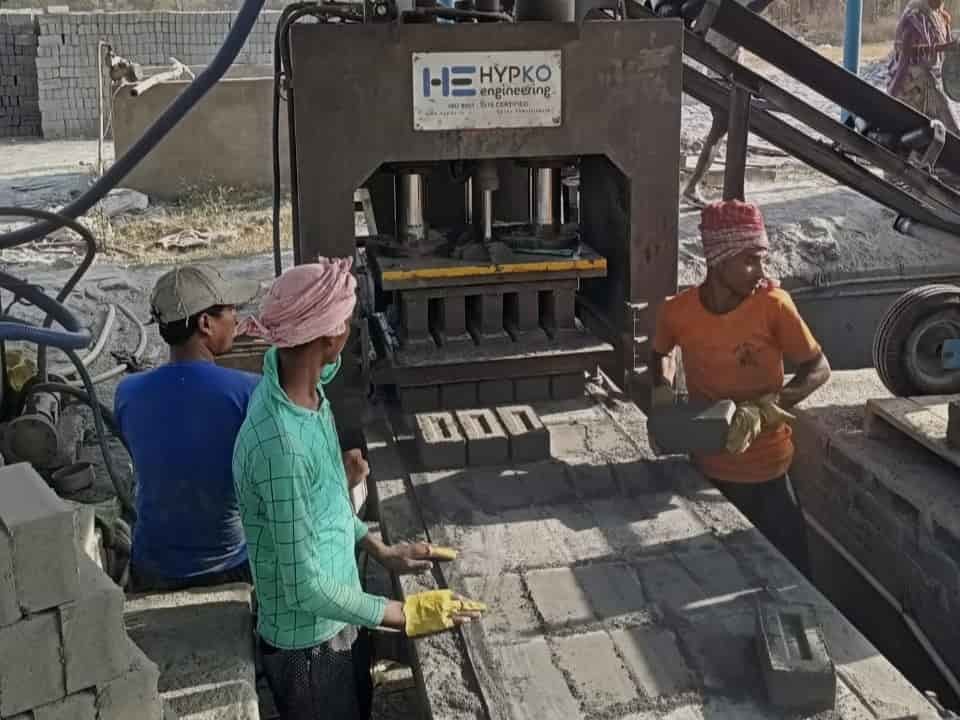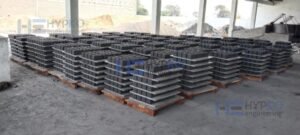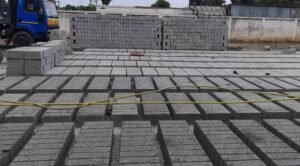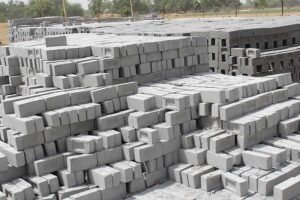In recent years, Nepal has been undergoing a construction revolution, driven by innovative and sustainable building materials. One such groundbreaking development is the adoption of fly ash bricks, a cost-effective and environmentally friendly alternative to traditional clay bricks. In this article, we’ll explore the key features, benefits, and potential cost savings associated with fly ash bricks in Nepal.
The Price Perspective: Traditional Bricks vs. Fly Ash Bricks
Nepal’s construction industry has traditionally relied on clay bricks for building projects. However, the price of clay bricks has been subject to fluctuations due to factors such as raw material availability and transportation costs. On the other hand, fly ash, a byproduct of coal combustion, is abundantly available, making fly ash bricks a cost-effective solution.
The price of traditional clay bricks in Nepal varies depending on location and market conditions, but it’s important to note that fly ash bricks offer a more stable pricing structure. This stability is attributed to the consistent availability of fly ash, which reduces the risk of price fluctuations.
Cost Efficiency: Are Fly Ash Bricks Expensive?
One of the most appealing aspects of fly ash bricks is their cost efficiency. While the initial production cost of fly ash bricks may be slightly higher compared to traditional clay bricks, the long-term benefits far outweigh this initial investment.
Fly ash bricks are known for their superior thermal insulation properties, which can lead to significant energy savings in both heating and cooling costs. Additionally, these bricks require less mortar during construction due to their precise dimensions, leading to reduced labor and material expenses.
Comparing Costs: Fly Ash Bricks vs. Traditional Bricks
When assessing the overall cost-effectiveness, it’s crucial to compare the total expenses of using fly ash bricks versus traditional clay bricks for a construction project. While fly ash bricks might have a slightly higher upfront cost, the savings generated from reduced energy consumption and labor expenses can lead to substantial financial gains over the life of the building.
Moreover, fly ash bricks have a longer lifespan compared to traditional bricks, reducing the need for frequent repairs and replacements. This durability further contributes to cost savings and underscores the economic viability of fly ash bricks.
Calculating the Cost: Fly Ash Brick Project
If you’re considering a construction project using fly ash bricks in Nepal, it’s essential to estimate the potential cost. The total cost of a fly ash brick project can vary depending on factors such as project size, location, and design complexity. To calculate the cost accurately, consider expenses related to:
- Raw Materials: Fly ash, cement, and other additives required for brick production.
- Labor: Skilled and unskilled labor for brick manufacturing and construction.
- Machinery: Fly ash brick making machine, such as the Fly Ash Bricks Making Machine, which plays a pivotal role in efficient production.
- Transportation: Costs associated with transporting raw materials and finished products.
- Miscellaneous Costs: Overhead expenses, permits, and other project-related expenses.
While the upfront cost of a fly ash brick project may involve several components, it’s important to view this investment from a long-term perspective. The potential for energy savings, reduced maintenance, and increased building lifespan can lead to a substantial return on investment.
Conclusion
As Nepal’s construction industry evolves, the adoption of fly ash bricks emerges as a transformative trend. These innovative bricks offer not only environmental benefits but also significant cost advantages. While the initial cost of a fly ash brick project may require careful consideration, the long-term savings and durability they provide make them a smart choice for sustainable construction.
By embracing fly ash bricks, Nepal is not only building structures but also paving the way for a more economically and ecologically balanced future. As more construction projects incorporate this game-changing material, Nepal takes a confident stride towards a greener and more prosperous tomorrow.




